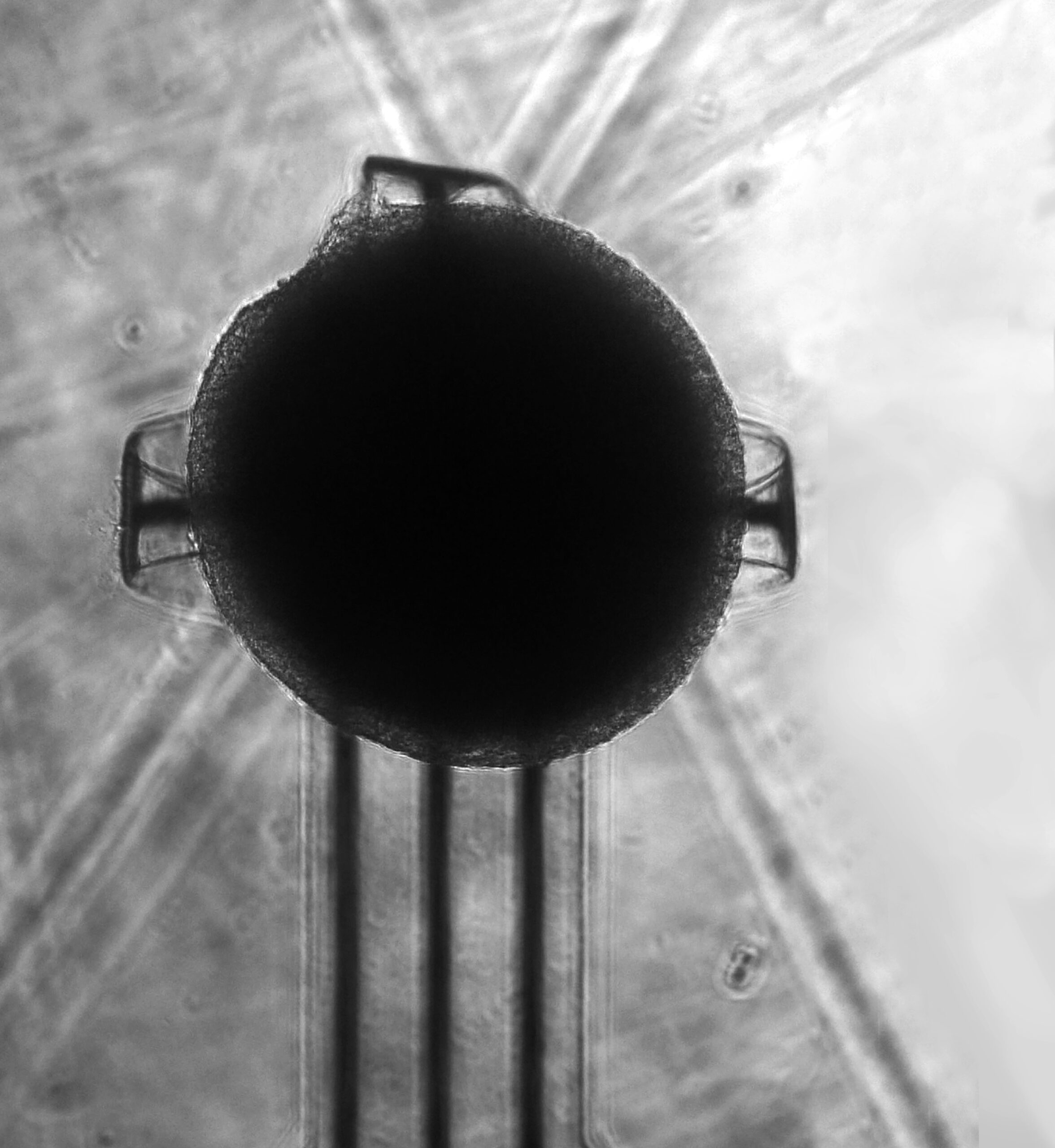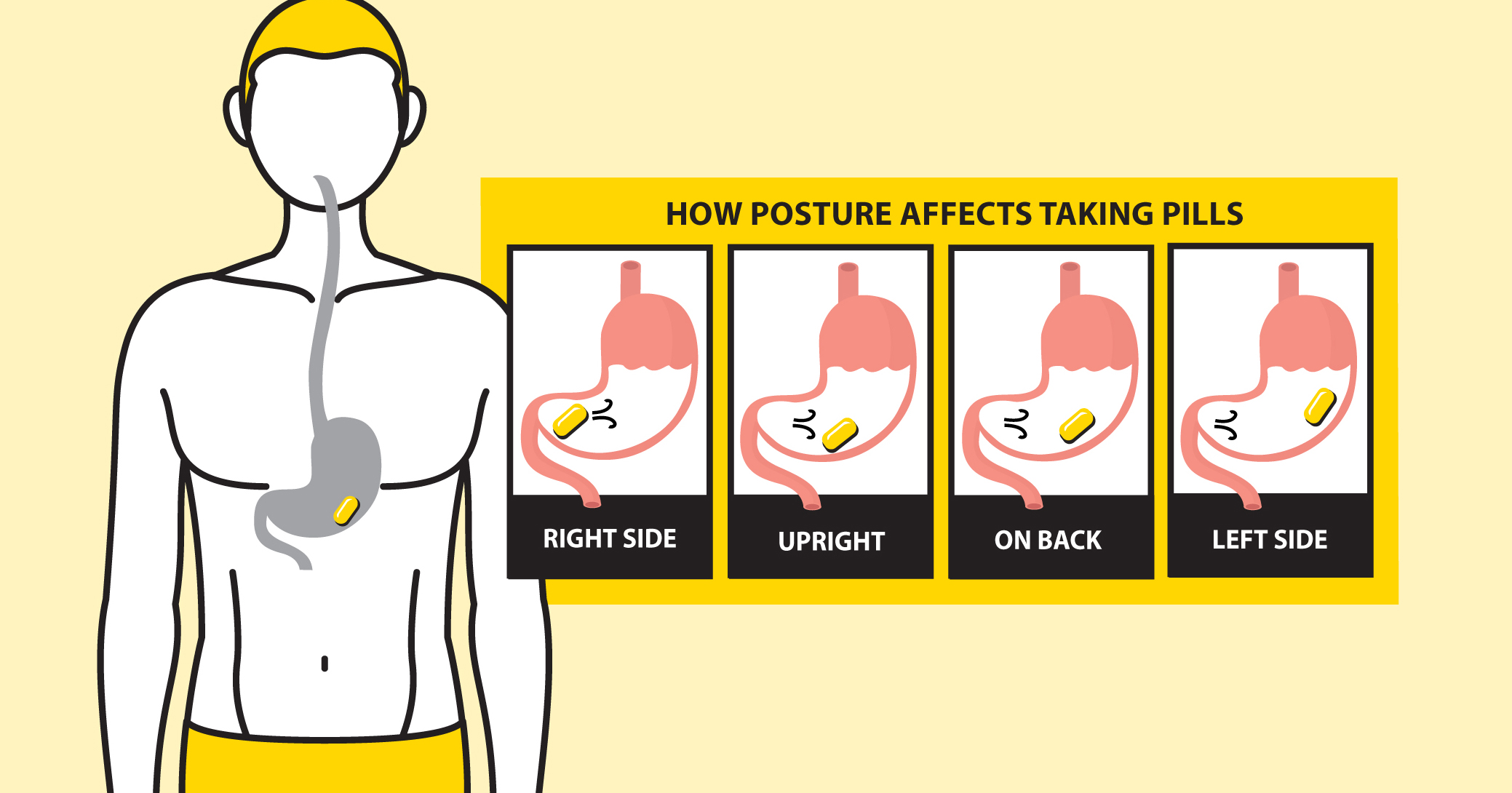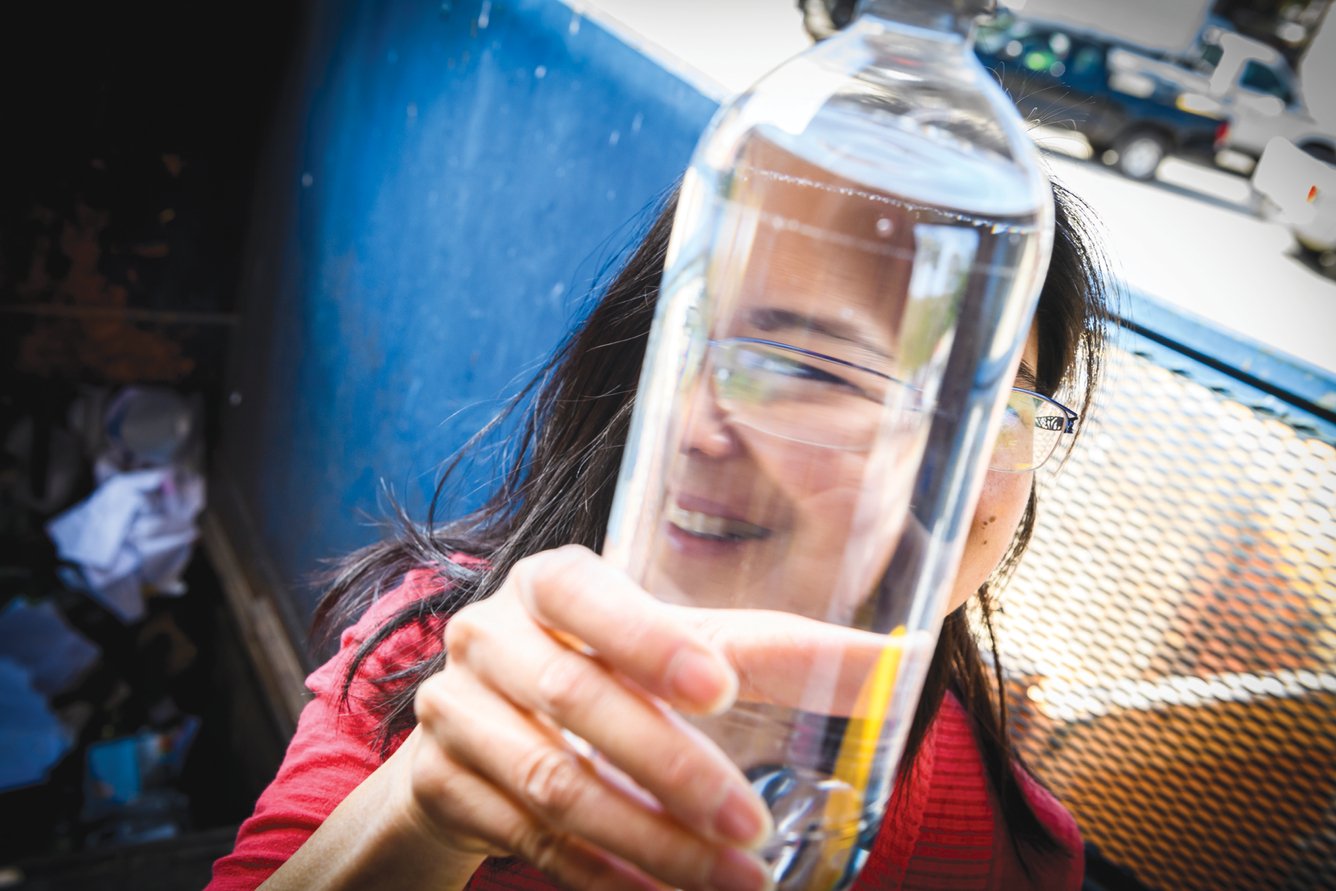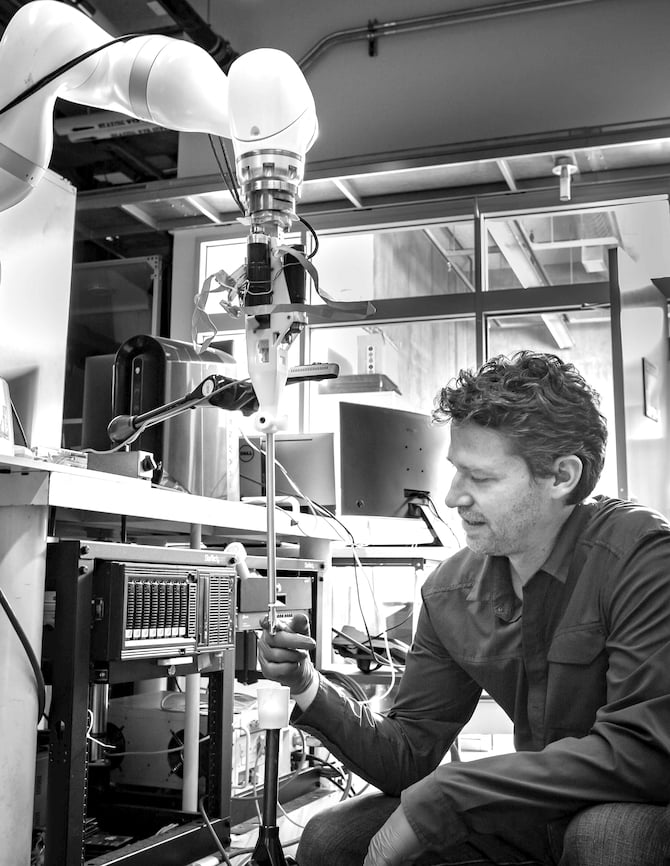
Opening Access to Windfarm Data
Wind power produces over 8% of our nation’s electricity, but one impediment to increasing reliance on this clean, sustainable power…

Wind power produces over 8% of our nation’s electricity, but one impediment to increasing reliance on this clean, sustainable power…

Plastics are known for being robust and flexible, but most aren’t particularly good conductors of electricity; in fact, they are…

It could be the world’s tiniest EEG electrode cap, created to measure activity in a brain model the size of…

When you have a headache and reach for a pain reliever, you’re probably not thinking about your body position when…

“By measuring what genes are being expressed in what cells while maintaining the spatial organization of the cells in tissues,…

“The perfectly harmless conversation you had yesterday might come back to hurt you years from now. That’s why we don’t…

Recycling plastic products is a challenge. Not only are a limited number of types of plastic recyclable, but because the…

A robot designed by a Johns Hopkins team has performed laparoscopic surgery on the soft tissue of a pig without…

Harnessing the power of genomics to find risk factors for major diseases relies on the costly and time-consuming ability to…